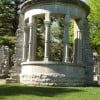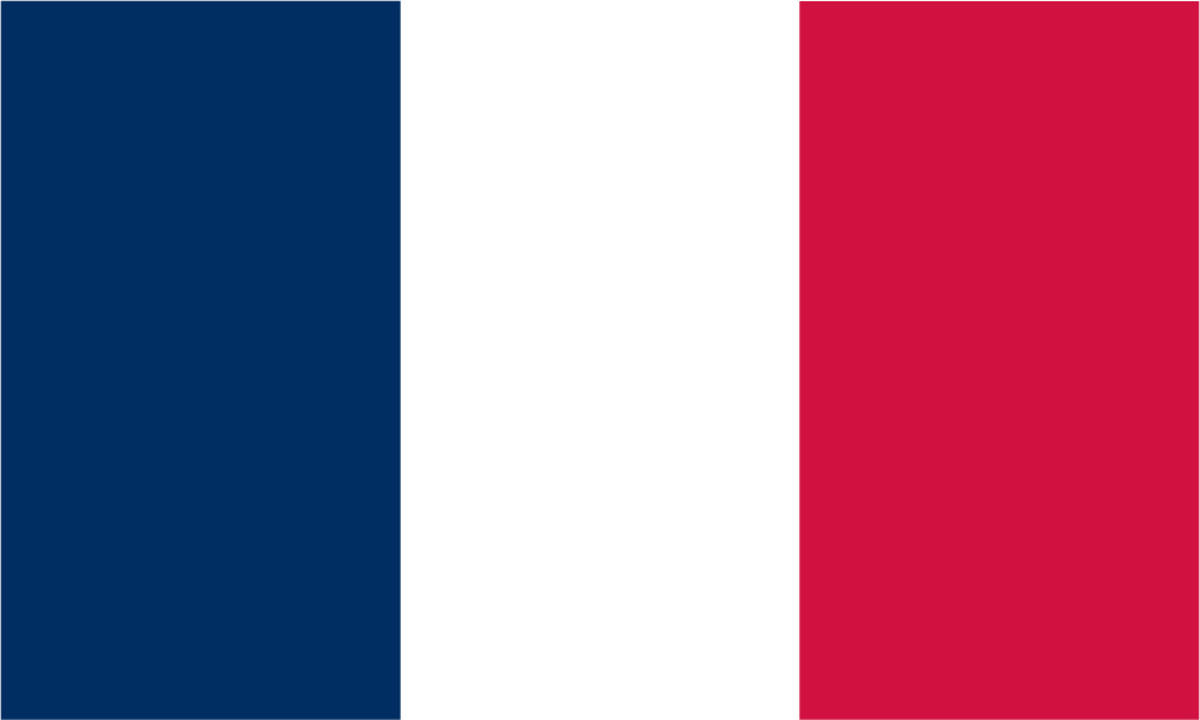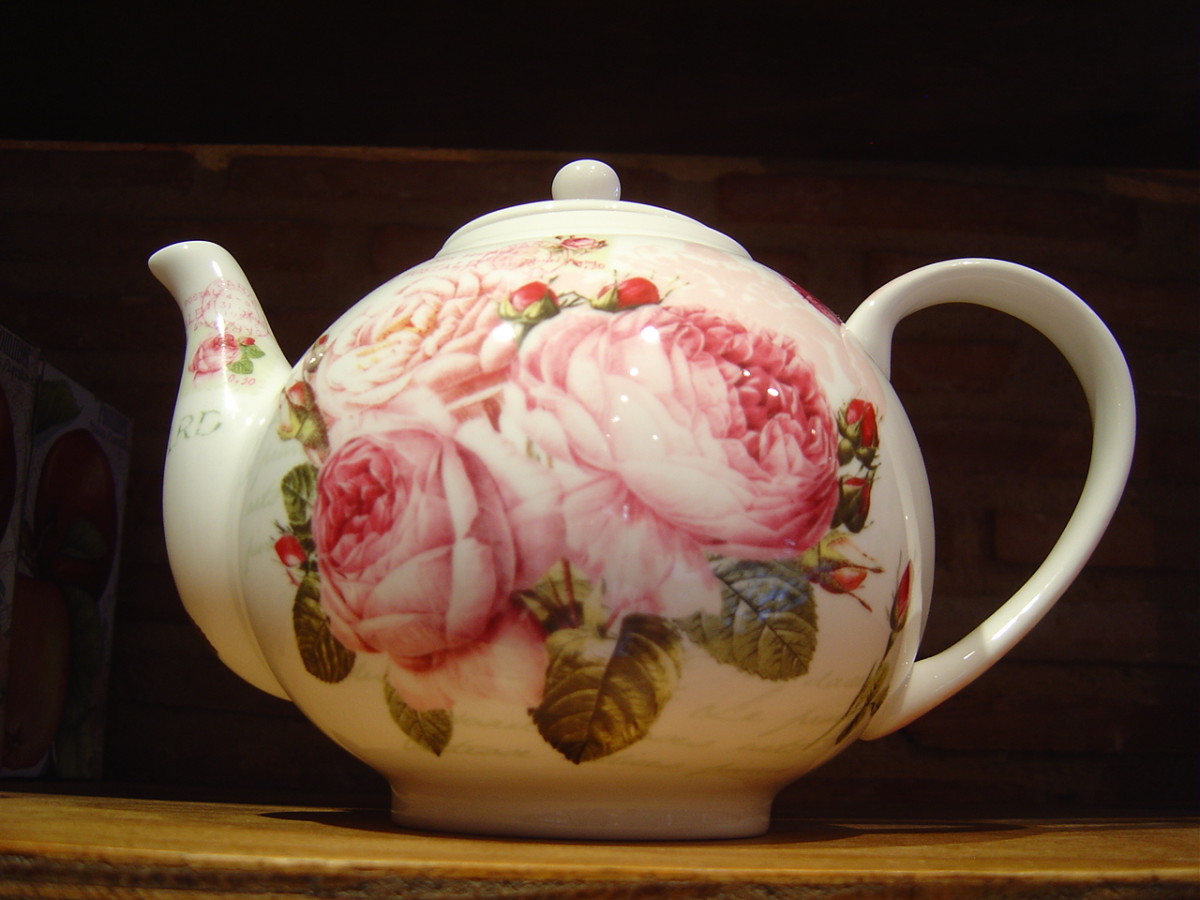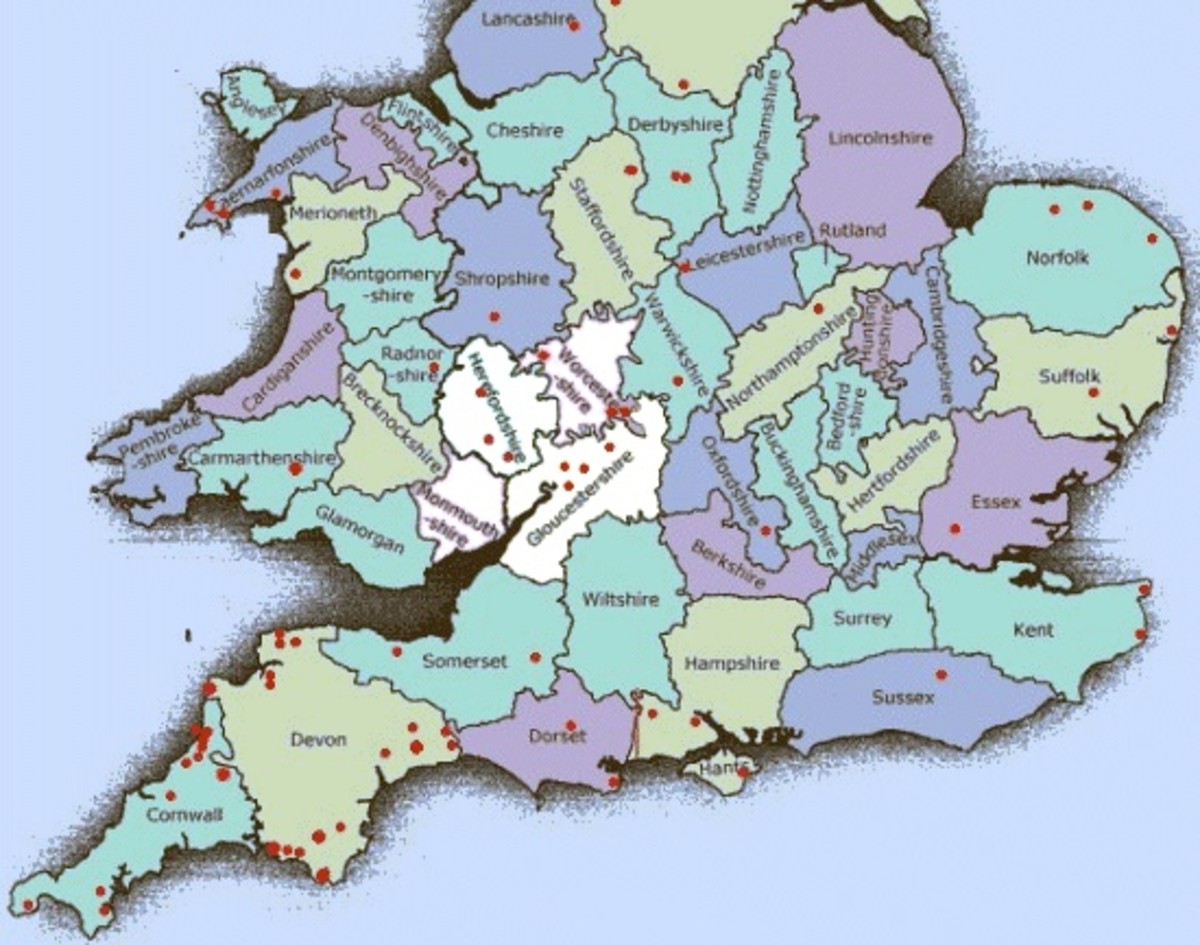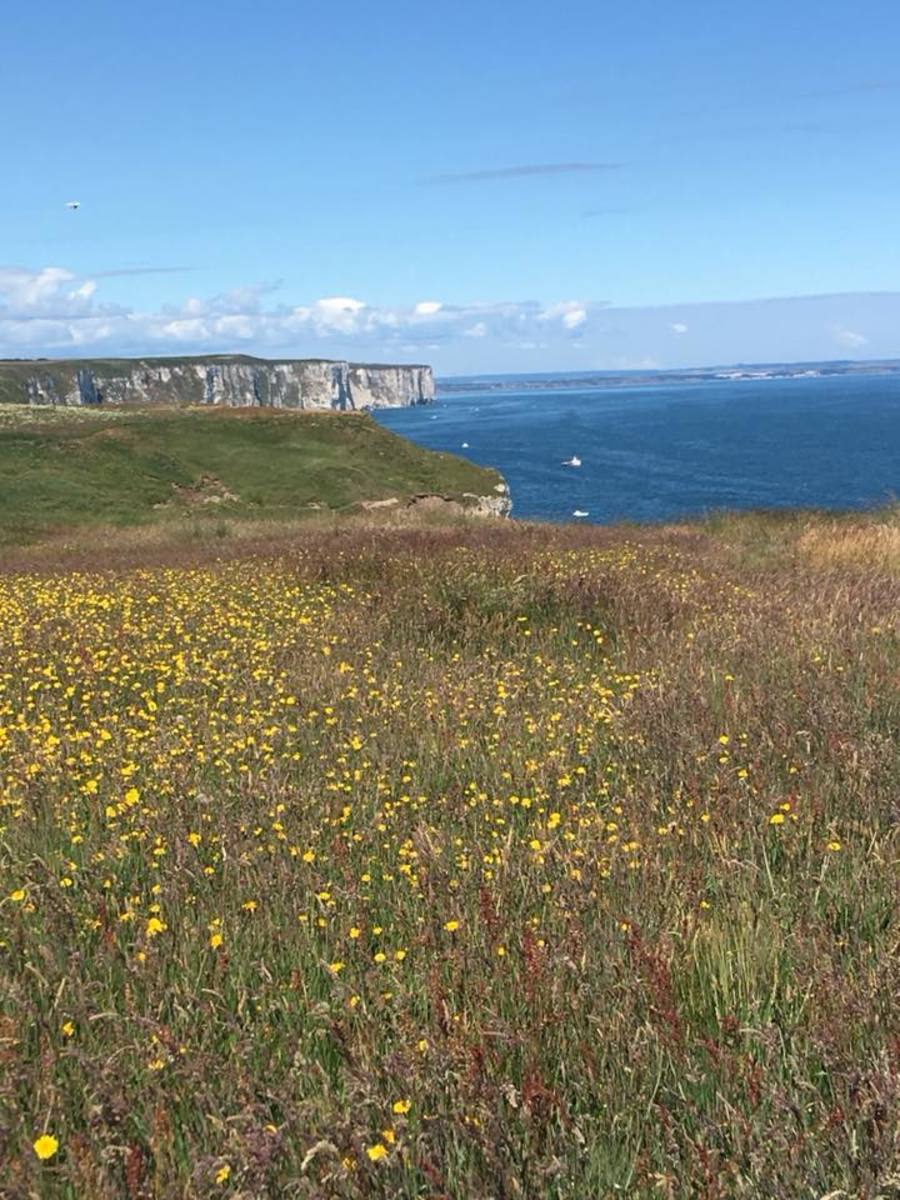Visiting Bivels, Luxembourg, on the Our River: shadows, colours and borders blend
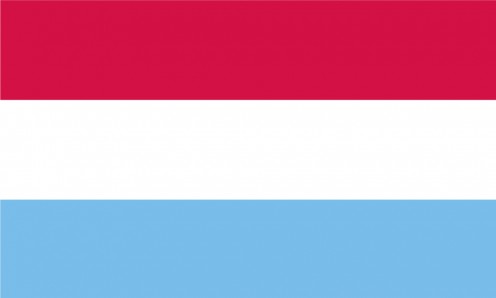
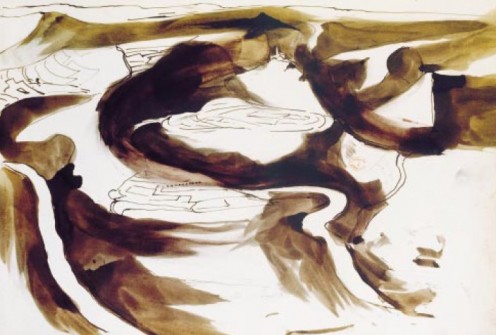
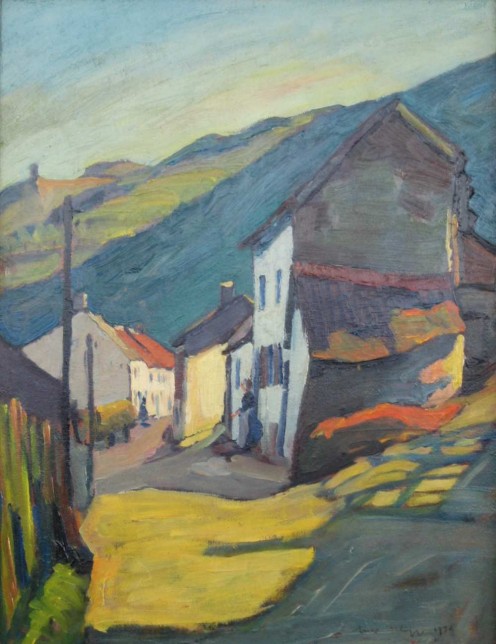
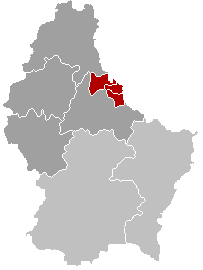
A powerful sense of toposemantic oneness?
Bivels, part of the Grand Duchy of Luxembourg's Canton of Vianden, has been the subject of interest to artists. Two well known representations, one a sketch, the other an oil painting, are respectively by the celebrated French writer Victor Hugo (1802-1885), who spent time in exile at nearby Vianden, and by the Luxembourger artist Nico Klopp (1894-1930).
In my view, both these representations are, each in its way, brilliant.
Victor Hugo's sketch of Bivels, 1871
The sketch — on the surface, simple — well expresses a number of the topographical and toposemantic features around Bivels. We clearly see the meandering Our River , which marks the border between Luxembourg and Germany. There is a strong sense also of the contrast between light and shade and of the contours of the hills above the meandering river, and, in a rather engaging way, it is hard to see where the shade ends and the contour forms begin. Its very understated character as a sketch actually seems to add to the sense of elusiveness and mystery.
Nico Klopp's painting, Road at Bivels, 1930
Klopp was a part of the Salon de la Sécession school of artists in Luxembourg, influenced by Expressionism and Fauvism, and it is evident that Klopp identified with various of the salient themes of these movements, including the expression of emotional experience and experimentation with colours in a manner which goes beyond representational and realistic aspects of painting. Having said this, even in Klopp's use of colour in his 1930 painting, 'Road at Bivels', reproduces something of the strong interplay of light and colour which occur naturally on the hill contours in the Our Valley around Bivels. In the painting, form, colour and shadow are strong elements, but there is also a deep tension between each of these elements, the division between which remains yet somewhat elusive.
Thus each of these works in its own way seems to capture, by its creator's use of light, colour and form, something of the images of topographical similarities which occur on both sides of the Luxembourg-German border around Bivels, relatively remote as it is from Luxembourg City. As if to say, whereas legally and nationally the boundary almost screams its distinctions, yet toposemantically the form and psychology of the territory suggest a oneness, even amidst the contrasts of form, shadow and colour.
Thus also, both the scenery and topography around Bivels, and the paintings themselves, can be a moving experience.
A note on spelling
This place spells its name in three ways, or, at least, has done so in the past. 'Bivels' is the usual spelling in French. Whereas in Létzebuegesch, the national language of Luxembourg, the spelling is 'Biwels'.
Interestingly, the French title of Nico Klopp's painting of Bivels has the spelling 'Bievels'.
Also worth seeing
A footbridge connects Bivels with Germany, close to the Medieval and partly ruined castle of Falkenstein .
Vianden (distance: 3.6 kilometres) is a picturesque town on the Our River , with a museum dedicated to Victor Hugo and a fine, Medieval castle.
Be sure to visit also the photogenic and historic Luxembourg City (distance: 54 kilometres).
Clervaux (distance: 27 kilometres) has a fine castle, distinguished ecclesiastical architecture and Battle of the Bulge memories.
Grevenmacher (distance: 53 kilometres) has a picturesque old chapel situated at the top of a long set of steps.
Nennig , Germany (distance: 71 kilometres) in the Saarland, has an interesting Roman villa museum, with a fine mosaic.
Trier , Germany (distance: 57 kilometres) is an ancient city with many architectural treasures including the Porta Nigra , dating from Roman times.
Audun-le-Tiche , France (distance: 75 kilometres), situated adjacent to the border with Luxembourg, has a Merovingian necropolis museum.
Bastogne , Belgium (distance: 53 kilometres), is visited by many Americans on account of its Battle of the Bulge associations .
...
How to get there: The nearest large international airport is Luxembourg (Aéroport de Luxembourg ), at Findel, from where car rental is available. For North American travellers making the London, England area their touring base, airlines flying to Luxembourg include Luxair (from London Heathrow Airport and London City Airport) and CityJet (from London City Airport). Please check with the airline or your travel agent for up to date information. Please refer to appropriate consular sources for any special border crossing arrangements which may apply to citizens of certain nationalities.
MJFenn is an independent travel writer based in Ontario, Canada.
Other of my hubpages may be of interest
- Visiting Waldhof-Falkenstein: memories and illusions from Germany's Rhineland-Palatinate
Set on a hill, the partially ruined stones of Burg Falkenstein, in Waldhof-Falkenstein, make for imposing views in this area of the Bitburg-Prm district of Germany's Rhineland-Palatinate (Rheinland-Pfalz). ... - Visiting Langsur and Wasserbilligerbrueck, Germany: a thousand year old settlement by the Sauer and
At Langsur, in Germany's Rhineland-Palatinate, Langsur is a thousand-year old settlement on the banks of the Sauer River . Langsur is recorded in history as far back as the year 978, referred to in a...
